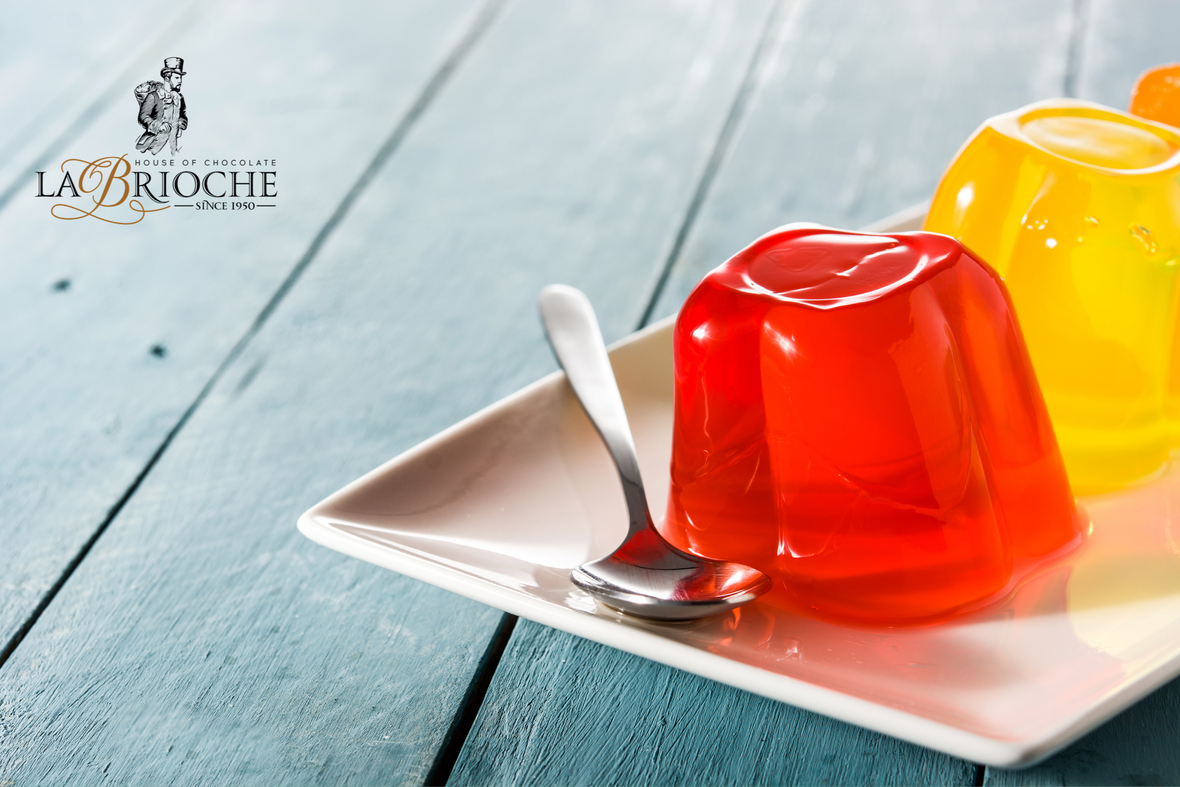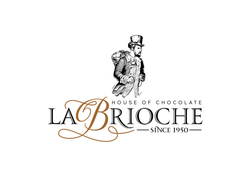
Pastry Gelatins
Omar Adnan Jabri
Pastry Gelatins are products made from edible gelatin, a form of protein that is made from collagen and can be found in a variety of food products. Gelatins are used to give structure and body to many desserts, but also provide a number of other benefits to the food industry as well.
Advantages of Pastry Gelatins
Gelatin has a host of advantages in the culinary world. It has a flexible texture that makes it easy to shape and manipulate. It is also relatively inexpensive, making it a cost-effective choice for the food industry. Its flavor is generally neutral, making it a great tool for creating interesting and complex flavor combinations. Additionally, it is a great stabilizer and thickener which can help to improve the texture of baked goods. Finally, it is a source of protein, which can make a dessert or confectionery dish more nutritious.
Disadvantages of Pastry Gelatins
There are a few disadvantages associated with pastry gelatins. For one, it requires stored and isolated sources of gelatin in order to create the desired effect. It also takes time for the food to set, making it difficult to work with for efficient food production. It also can be difficult to pick up the texture and flavor of the gelatin in a dish, which makes it more difficult to accurately replicate a recipe. Finally, it is not a health ingredient, as it lacks essential vitamins and minerals.
Manufacturing of Pastry Gelatins
Pastry gelatins can be manufactured in a wide variety of methods. Generally, the process starts with blooming gelatin in cold water. Once it has absorbed the water, the gelatin can be melted in a double boiler and then added to the food product that it is intended for. The product then needs to cool in a refrigerator before it can finish setting. Depending on the recipe, another layer of gelatin may need to be added. For example, if creating a cake or other layered dessert, other ingredients may be layered with the gelatin.
Overall, pastry gelatins can be a great ingredient to use in desserts and confections. While it has its disadvantages, its versatility, flavor profile and numerous benefits make it an indispensable component in the food industry.
Advantages of Pastry Gelatins
Gelatin has a host of advantages in the culinary world. It has a flexible texture that makes it easy to shape and manipulate. It is also relatively inexpensive, making it a cost-effective choice for the food industry. Its flavor is generally neutral, making it a great tool for creating interesting and complex flavor combinations. Additionally, it is a great stabilizer and thickener which can help to improve the texture of baked goods. Finally, it is a source of protein, which can make a dessert or confectionery dish more nutritious.
Disadvantages of Pastry Gelatins
There are a few disadvantages associated with pastry gelatins. For one, it requires stored and isolated sources of gelatin in order to create the desired effect. It also takes time for the food to set, making it difficult to work with for efficient food production. It also can be difficult to pick up the texture and flavor of the gelatin in a dish, which makes it more difficult to accurately replicate a recipe. Finally, it is not a health ingredient, as it lacks essential vitamins and minerals.
Manufacturing of Pastry Gelatins
Pastry gelatins can be manufactured in a wide variety of methods. Generally, the process starts with blooming gelatin in cold water. Once it has absorbed the water, the gelatin can be melted in a double boiler and then added to the food product that it is intended for. The product then needs to cool in a refrigerator before it can finish setting. Depending on the recipe, another layer of gelatin may need to be added. For example, if creating a cake or other layered dessert, other ingredients may be layered with the gelatin.
Overall, pastry gelatins can be a great ingredient to use in desserts and confections. While it has its disadvantages, its versatility, flavor profile and numerous benefits make it an indispensable component in the food industry.



